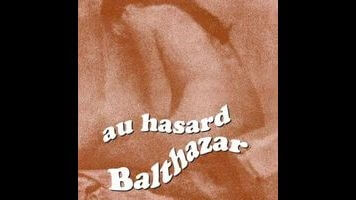50 years later, Au Hasard Balthazar remains an unconventional masterpiece

If one were looking for a perfectly realized film, Au Hasard Balthazar would be as likely a candidate as any. For every convention of film grammar and narrative that this 50-year-old masterpiece utilizes, it uses strictly on its own terms, discarding many more. The work of the French director Robert Bresson, it follows a simple donkey named Balthazar from birth to death, passing from owner to owner, subject to both violence and the purest affection. Perhaps this sounds facile, though that is true of all of Bresson’s great movies, which found graceful means to portray a cruel and compromised world. He favored bare necessities (discussed in his book Notes On The Cinematograph, which has just been reprinted) in a personal mode of filmmaking that drew a relationship between mystery of meaning and clarity of form. For Bresson, one of the defining iconoclasts of film, the essence of cinema lay in its most rudimentary tools, and the simplest things could be invested with the most power. This could be a shot of a hand or a single sound effect or an object falling to the ground.








![HBO teases new Euphoria, Larry David, and much more in 2026 sizzle reel [Updated]](https://img.pastemagazine.com/wp-content/avuploads/2025/12/12100344/MixCollage-12-Dec-2025-09-56-AM-9137.jpg)































